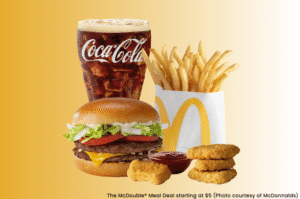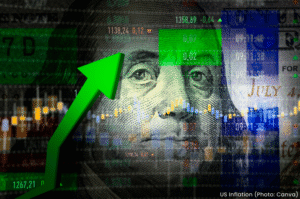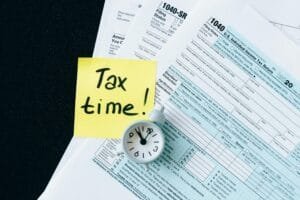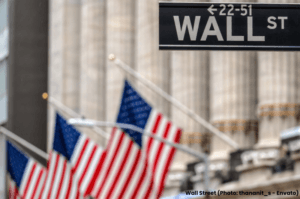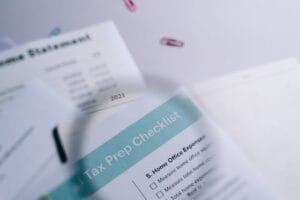U.S. inflation is easing, but personal spending and income are both declining, creating uncertainty for American households. With interest rate cuts still on hold, the economy remains in a fragile balance.
The numbers say inflation is cooling — but if you’ve walked through a grocery store lately, you know the reality feels a little more complicated. A dozen store-brand eggs might finally be back under $3, but overall prices are still pinching American wallets, even as spending starts to slip.
According to the latest data, inflation rose just 0.1% in May, keeping the annual rate steady at 2.4%. Core inflation — which excludes food and energy — ticked up slightly, landing at 2.7% year-over-year. It’s not alarming, but it’s sticky enough to suggest we’re not out of the woods yet.
Meanwhile, personal spending fell 0.1% in May — the second dip this year — and incomes dropped by 0.4%. For households already watching their budgets, this creates an uneasy tension: prices aren’t skyrocketing, but they’re not softening fast enough either.
The Federal Reserve has kept interest rates steady, signaling caution but leaving the door open for cuts later this year. Economists are split on whether those cuts will happen this summer or closer to the holidays.
For now, the U.S. economy is walking a tightrope — inflation is simmering down, but growth feels sluggish. Whether that carton of $2.69 eggs is a sign of relief or just a blip remains to be seen.
The Author

Aiden West
Staff Writer, Readovia













